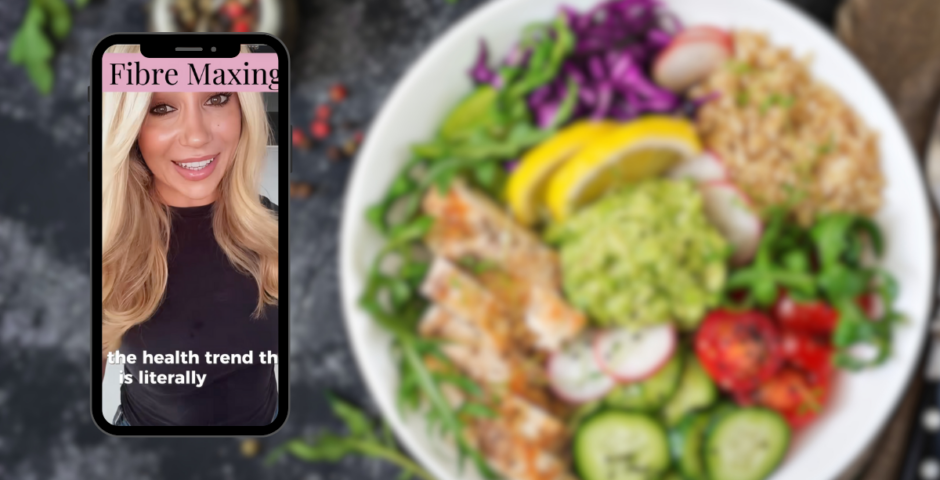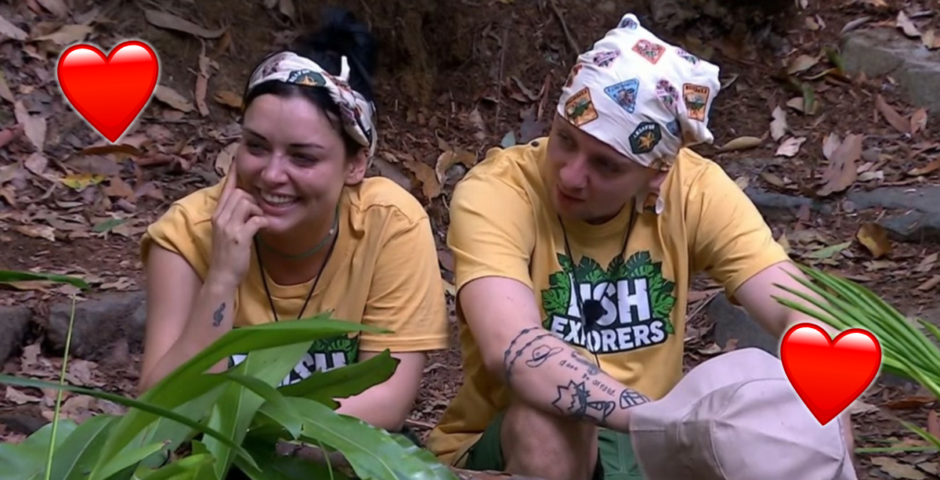
Everyone on TikTok is talking about fibremaxxing, but what is the weird new health trend?
It’s a bit of a scary word tbh
If you’ve been scrolling through TikTok recently, you might have noticed a new buzzword taking over the wellness corners of your FYP: fibremaxxing. But what is it, and is it actually worth trying?
So what the hell is fibremaxxing on TikTok?
Fibremaxxing essentially means maximising fibre intake by including fibre-rich plant foods like fruits, vegetables, legumes, seeds and whole grains in every meal and snack. It’s a response to the fact most people don’t get enough fibre in their daily diet.
Technically, it isn’t a medical term, but it does make sense. Adults are recommended to aim for 25 to 38 grams of fibre per day, and fibremaxxing encourages you to meet or even exceed that target.
Sara Riehm, a dietitian at Orlando Health Center for Health Improvement, told Women’s Health: “Fibremaxxing promotes digestive health and overall well-being by encouraging a variety of fibre-rich foods.”
@join_zoe Have you heard about fibermaxxing? It’s a nutrition trend we fully support—shifting the focus from restriction to abundance by adding more fiber-rich plants to every meal. And it’s not just about adding more fiber, it’s more plant variety, texture, and colour, too. This pea & pesto orzo (full recipe in the comments 👇) is packed with over 10 different plants, from peas and spinach to walnuts and basil. We took it a step further by adding Daily30+, developed by ZOE scientists to support your digestion, energy, and daily nutrition.* Just one scoop adds 5g of fiber from over 30 plants, a satisfying crunch, and a boost of daily plant diversity to make fibermaxxing effortless. Head to the link in our bio to try Daily30+ 💛 and follow for more healthy recipes to support your gut health. *Daily30+ is naturally high in calcium and copper. Calcium contributes to the normal function of digestive enzymes. Copper contributes to normal energy-yielding metabolism and the normal function of the immune system.
As wellness trends shift from a protein obsession to plant-powered eating, fibremaxxing seems fresh and something that’s actually achievable. TikTok is full of rainbow oat bowls, chia smoothies and bean salads under #fibremaxxing. Gen Z and millennials seem to love the colourful, stacked meals that make healthy eating feel simple and creative.
Is there any actual science behind the trend?
This isn’t just TikTok hype. The NHS says that fibre supports digestion, helps control blood sugar, reduces inflammation and promoted a healthy gut. Studies link high fibre diets with lower risks of heart disease, type two diabetes and colorectal cancer. There’s even evidence that it can improve mood through gut-brain communication. That all sounds great, tbh.
Most Read

Credit: Canva
Registered dietitians highlight a number of perks, such as improved digestion, increased feelings of fullness, balanced blood sugar and cholesterol, and a lower risk of colon cancer. Essentially, fibremaxxing encourages people to include more nutrient-dense foods in their diet.
So, how can you fibremaxx safely?
Jumping from very little fibre to extremely high intake too quickly can cause some bloating, gas, constipation and even disrupt nutrient absorption… not so fun. Experts recommend a gradual approach and plenty of hydration to avoid unpleasant side effects.
It’s recommended that you start by adding about five grams of extra fibre per week rather than overhaul your diet overnight, as well as drink plenty of water, focus on whole foods rather than rely solely on supplements, and adjust fibre intake according to your own digestion and needs.
Riehm says: “This is one of the safer nutrition trends I’ve seen. It focuses on consuming nutrient-dense foods and including more of one of the most beneficial components of our diet.”
If you’re curious about trying fibremaxxing, most experts agree it’s safe as long as you start gradually and stay hydrated.
For more like this, like The Tab on Facebook.
Featured imagine credit: Canva, TikTok/@drjaneleonard





















